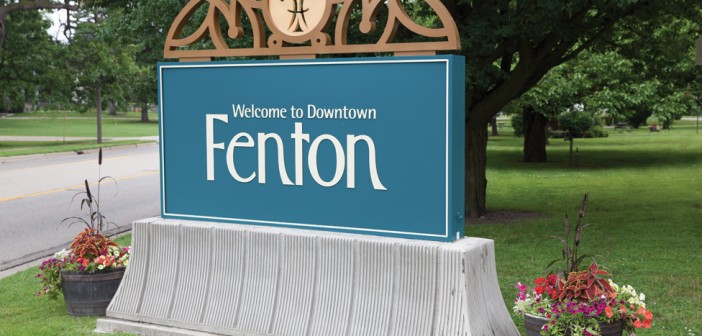Help end hunger in your community and around the world by participating in the CROP Hunger Walk on Sunday, Oct. 6 from 1:30-6pm at Bush Park in Fenton. This year’s walk has a ‘50s theme because CROP is celebrating its 50th anniversary. The event is hosted by Jazzercise Fenton. Funds raised fight hunger locally and globally. Registration and Introductory Remarks will take place at 1:30pm. The walk/Dance beings at 2pm.
CROP Hunger Walks are community-wide events sponsored by Church World Service and organized by religious groups, businesses, schools and others to raise funds to end hunger in the U.S. and around the world.
About the CROP Hunger Walk and CWS
With its inception 50 years ago in 1969, CROP Hunger Walks are viewed by many as the granddaddy of charity walks, according to a news report in the Los Angeles Times.
On October 17, 1969, a thousand people in Bismarck, ND, walked in what may have been the start of the hunger walks related to CROP – and raised $25,000 to help stop hunger. York County, PA was the first walk officially called the CROP Walk for the Hungry — and that event has been continuous since 1970. Several other CROP Hunger Walks occurred soon thereafter, and before long there were hundreds of Walks each year in communities nationwide.
Currently, well over 1,600 communities across the U.S. join in more than 800 CROP Hunger Walks each year. More than five million CROP Hunger Walkers have participated in more than 36,000 CROP Hunger Walks in the last two decades alone.
What does CROP stand for?
When CROP began in 1947 (under the wing of Church World Service, which was founded in 1946), CROP was an acronym for the Christian Rural Overseas Program. Its primary mission was to help Midwest farm families to share their grain with hungry neighbors in post-World War II Europe and Asia.
Today, we’ve outgrown the acronym but we retain it as the historic name of the program.
Where do CROP Hunger Walk funds go?
CROP Hunger Walks help to support the overall work of Church World Service, particularly grassroots development efforts around the world. In addition, each local CROP Hunger Walk can choose to return up to 25 percent of the funds it raises to hunger-fighting programs in its own community.
CROP Hunger Walks help to provide food and water, as well as resources that empower people to meet their own needs. From seeds and tools to wells and water systems, the key is people working together to identify their own development priorities, their strengths and their needs – something CWS has learned through 70 years of working in partnership around the world.








